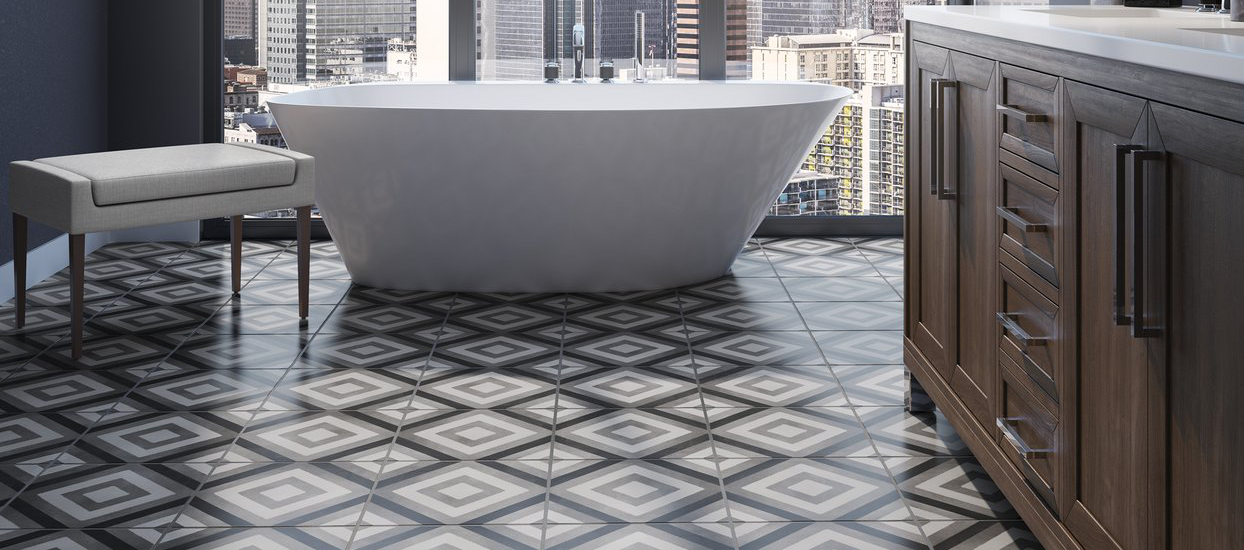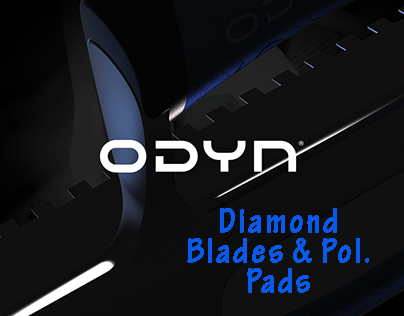
Shop Flooring, Wall Finishes & Decorative Products at FloorTileUSA

DECORATIVE FLOOR & WALL TILES
An impressive selection of Decorative Tile for floor and wall applications....⇒CLICK HERE TO VIEW OUR COLLECTION

PORCELAIN FLOOR & WALL TILES
Create a Timeless Look with Porcelain.....⇒CLICK HERE TO VIEW OUR OFFERINGS

CERAMIC FLOOR AND WALL TILES
Obtain a stylish and refined end result with Ceramic....⇒CLICK HERE TO VIEW OUR SELECTION

PORCELAIN WOOD-LOOK FLOORING
Durable Glazed Porcelain Wood-Look Planking....⇒CLICK HERE TO VIEW OUR COLLECTION

GRANITE
Solid and Durable Polished Granite Slabs, Floors and Accent Walls.....⇒CLICK HERE TO VIEW OUR COLLECTION

TRAVERTINE
Enjoy Warm & Inviting Travertine Floor Tile in all its Variations......⇒CLICK HERE TO VIEW OUR SELECTION

STONE
A Wise Choice for Walls, Fireplaces and Building Cladding.........⇒CLICK HERE TO VIEW OUR OFFERINGS

LUXURY VINYL WOOD-LOOK
Luxury Vinyl Wood-Look Planking - A Viable Alternative to Ceramic Tile or Engineered Wood.....⇒CLICK HERE TO VIEW OUR SELECTION

Glass Mosaics - An Excellent Choice for Kitchen or Vanity Backsplashes and Accent Walls... ⇒CLICK HERE TO VIEW OUR PRODUCTS

Explore the Myriad of Options Available in All Shapes, Colors and Sizes.......⇒CLICK HERE TO VIEW OUR COLLECTION

NATURAL STONE MOSAIC TILE
> Select from a World of Natural Stone Options.....⇒CLICK HERE TO CHECK OUT OUR SELECTION

PREMIUM QUALITY TILE SETTING MATERIALS
Find the Best Grouts, Thin Sets, Mortars, Additives & More!.....⇒CLICK HERE TO VIEW OUR PRODUCTS
ODYN® TILE SETTING TOOLS
Tile Nippers to Knee Pads........⇒CLICK HERE TO VIEW OUR PRODUCTS
You'll find what you need, here!
ODYN® DIAMOND BLADES & MORE
A Great Selection of Types & Sizes.... ⇒CLICK HERE TO CHECK OUT THE COLLECTION
Shop by Look
Shop by Material
Tile Definitions
| Ceramic Tile | Ceramic tile is a finished product composed of several raw materials such as red clay, feldspar, silica sand and talc. Ceramic tile is fired in a kiln to temperatures exceeding 2000 degrees F. It can be unglazed, but is usually glazed to give it a wide range of colors. |
| Porcelain Tile | Porcelain tile is a finished product composed of greyish clay, feldspar, silica sand and talc. Porcelain tile contains more feldspar than ceramic tile and is fired in a kiln to temperatures exceeding 2300 degrees F. It too can be unglazed or glazed. The higher firing temperatures give the clay body a greater resistance to freeze-thaw effects because the clay body does not absorb moisture as much as the ceramic body. In fact, Porcelain tile has a moisture absorption of no more than 0.5%, whereas a red-body ceramic tile has a moisture absorption of about 4%. |
| Glass Tile | Glass tile can be as small as 1/4"x1/4" and as large as 4"x16" and even larger. It can be integrally colored or have a painted backing to give it color and a textural look. |
| Clay Tile | Clay tile, if it comes from Mexico is called "Saltillo." If it is from Europe, it is called "terra-cotta paver tile." Saltillo tile is hand-made from clays found in Mexico and then dried in the sun. They can be fired as well in a kiln to give the product greater durability. Most Saltillo tiles are prone to having lime pops where lime pockets near the top surface open up and pop. Saltillo tile must be sealed because it usually comes unsealed. It must also be installed by experienced setters, especially if it is to be stained prior to sealing. Saltillo tile can be used inside or outside, however, when used outside, it will require more upkeep. |
| Marble | Marble is a metamorphic (or changed) rock composed of recrystallized carbonate minerals, most commonly calcite or dolomite. In other words, marble refers to limestone that has been changed through geologic processes such as temperature and the intrusion of minerals that give it veining, etc. Marble is fairly porous, thus it should be sealed after installation. Marble is an excellent choice for interior use. |
| Limestone | Limestone is a sedimentary rock made up of layers of sediment deposited over the ages either in a salt-water or fresh water environment. Salt water limestone contains skeletal fragments of marine creatures whose shells comprise the body of the stone. Limestone can also form in caves from minerals deposited by fresh water. Limestone is very porous and should be sealed. Limestone is well-suited for interior use, although, it can also be used outdoors as a paver material. |
| Travertine | Travertine is a mineral consisting of layered calcium carbonate (calcite) deposits formed near springs (especially hot springs). It is more like a limestone than a marble. Colors range from warm, earthy tones, soft ivories and creams, deep mocha browns, shades of gold, , reds, and silvery greens. Travertine is never solid in color due to its veins or bands of minerals that run throughout the stone. Therefore, no two stones or tiles are alike. Travertine tends to have holes within the stone caused by the evasion of carbon dioxide gas. Travertine tile is excellent for interior use and is often used outside in the form of pavers. |
| Slate | Slate is a fine-grained metamorphic (or changed) rock that splits into thin, smooth-surfaced layers. Slate is created by the alteration of shale or mudstone by low-grade regional metamorphism which is the changing of rock as a result of pressure and heat. It is popular for a wide variety of uses especially flooring because of its durability and attractive appearance. Slate can be used both indoorsas well as outdoors. |
| Sandstone | Sandstone is a sedimentary rock consisting of sand or quartz grains cemented together. Sandstone is a dense and cohesive stone known for its remarkable durability. It is typically red, yellow, or brown in color. Sandstone is used indoors for accent walls as well as outdoors as a building cladding. |
| Quartzite | Quartzite is a metamorphic (or changed) rock composed almost entirely of quartz. It forms when quartz-rich sandstone is altered by heat, pressure, and chemical processes. These conditions recrystallize the sand grains and the silica cement that binds them together resulting in a rock of incredible strength. Quartzite can be used both indoors and outdoors. |





